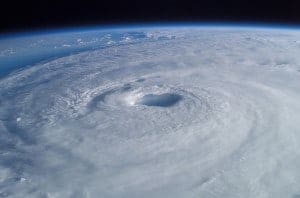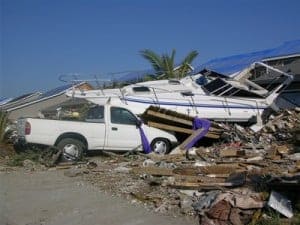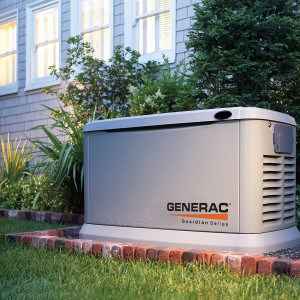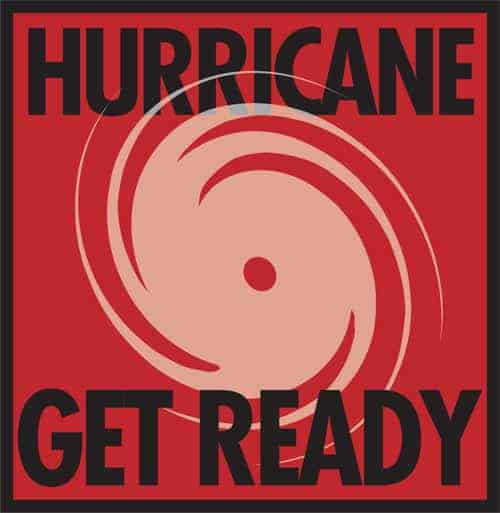
Hurricane Isabel was the strongest, deadliest, most costly hurricane of the 2003 Atlantic hurricane Season
Most of us spend our entire lives preparing for something. It seems we’re never quite ready for the next big thing. Even vacations need preparation.
Unfortunately, many of us put off the most important preparations for events we hope will never happen.
The annual Atlantic Hurricane Season begins on June 1 and runs through November 30. This six-month period is the most active half of the year for tropical cyclones which includes Tropical Depressions, Tropical Storms, Hurricanes, and Major Hurricanes. The season peaks from late August through the end of September, and the time to prepare is right now, before the season is fully upon us.
It is the aftermath of a hurricane that is often the worst part of the disaster as flooding continues and repairs to vital infrastructure is difficult. Debris left behind in the form of fallen trees and mangled power lines. Vehicles piled up like toys on the end of a street. Houses stripped of shingles. Receding flood water leaves behind mud and muck that is teeming with dangerous pathogens.
At times like these, it probably isn’t possible to run down to the local grocery, convenience mart, or big box discount store. If the streets are even passable, the stores are probably closed. Even if they are open, the shelves were emptied when local residents bought everything they could before the storm hit.
Basic Necessities
If your home is within one-hundred-fifty to three-hundred miles of where a hurricane made landfall, chances are very good the power is out. The first priority for utility crews are essential public services. These include hospitals, fire departments, 911 call centers, and shelters for displaced residents. Count on a minimum of three to five days without electricity. Two or three weeks is quite possible, and a month for some residents isn’t unheard of.
A month after Hurricane Sandy there were still electric utility customers waiting for crews to restore their power.
During this period without power, your refrigerated food will spoil. The freezer will thaw and everything in that will spoil too. If you have a basement, it’s flooded because the sump pump doesn’t work. Chances are good that the water down there is polluted with raw sewage which makes staying in your home that much more dangerous.
Meanwhile, you’re upstairs and on average, probably either too cold or too hot. Damp humid air turns sweltering in the summer or makes us uncomfortably cold in the mid to late fall or early winter. Most people are not used to living without air conditioners or furnaces to keep their homes comfortable.
Here in the United States and in most of the world, electricity is a basic necessity and our homes and lives depend on it. An emergency home standby generator for backup power will alleviate the problems associated with extended power outages.
Water and food are easy to plan for. Just buy enough non-perishable food for several weeks and store it where you can get to it. A gallon or two per day, per person is enough for washing and drinking and food preparation. Store enough for several weeks and you’re prepared instead of reliant on uncertain or unsafe municipal supplies.
Advance Planning and Preparation
Putting together emergency kits, stocking food, and adding containers of water are all easily accomplished over a relatively short period of time. With a little more than four weeks until the season starts, virtually anyone could find the time to add canned, non-perishable foods to their pantry for at least a week or even more. Wash out empty milk or juice jugs and fill them with water. Water is perhaps the easiest item to stock in a very short period of time.
Once you have food and water stored, you can rotate frequently used items to keep them fresh.
The purchase and installation of an emergency source of electrical power doesn’t happen overnight, or even in a week in most cases. It is a major addition to your home’s electrical system that most homeowners lack the expertise to accomplish. The help of at least one contractor, if not two is required and your local building authority should be involved with the correct permits and inspections.
Don’t skip that part. Those inspections and permits for the installation of your standby generator are your assurance the job was done right. Later, no one can say they are not liable for work they performed.

A portable generator can supply power during an outage, but requires frequent refueling with hard to obtain gasoline.
A standby generator is always the best option for long and short term power outages. If a standby unit isn’t an option, then a portable generator may help. It’s important to remember that standby units don’t need frequent refueling because they are permanently connected to the home’s natural or LP gas supply. Portables need refueling and depending on the model, they might require it two or three times a day or more.
If you use a portable, be sure to follow safe guidelines for use and refueling, and fuel storage.
Storm Preparation
Recent years have been fairly inactive due to El Nino and other factors. The Atlantic tropical season has not produced the usual number of strong storms. As the Pacific ocean cools this year, the Atlantic is beginning to heat up and that means a greater possibility for more tropical cyclones that affect North America, and especially the Caribbean, Gulf Coast, and Atlantic Coast.
Forecasters are calling for a near normal season with an average number (12 – 13) of named storms. One hurricane is already on the books. Alex formed in January 2016, five months before the start of the season and punctuated the fact that hurricanes and other tropical cyclones can form at anytime, not just during the official season.
When a tropical cyclone forms with the potential to affect your area, begin to put your plan into action.
Check your supplies and go over your list. Determine when the storm may approach and if you live in a possible evacuation zone, be prepared to leave well in advance of the approaching storm. Discuss your planning with family and notify relatives of your plans. Keep cell phones charged and stay tuned to weather updates. Pay special attention to your weather radio.
Now is the time to add additional fuel to your supplies. Keep the vehicles full and store gasoline only in approved containers. Check generator maintenance supplies and schedules, and operate your generator to ensure it is working properly.
If your standby generator runs on LP gas, have the tank filled.
Finally, secure your home and either settle in for the storm or leave ahead of the evacuation rush. If you live in an evacuation zone and the order to evacuate is given, don’t stay. Take your your family and the pets and go somewhere far inland away from the floods and the wind where you can keep your family safe.



















